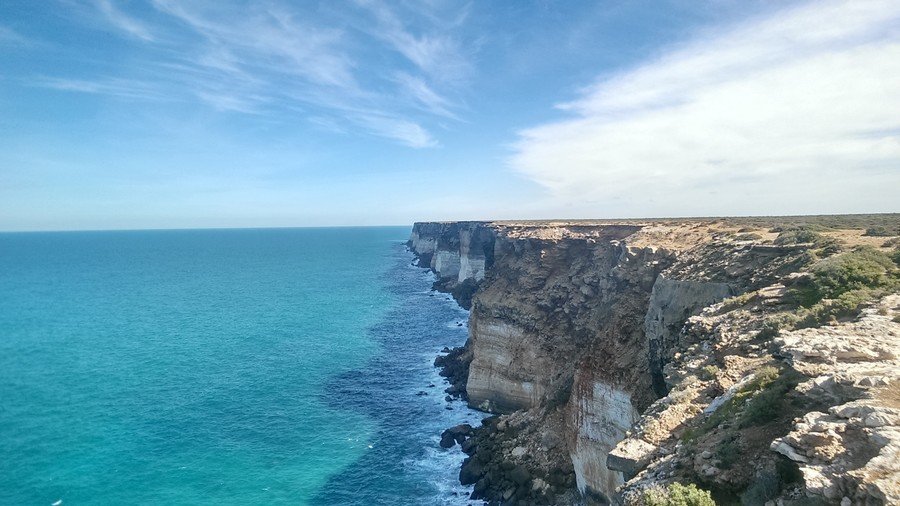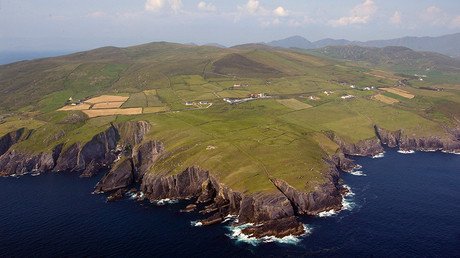BP thinks an oil spill in Australia would be ‘welcome boost’ for locals

BP, the company behind the deadly Deepwater Horizon oil spill disaster, the biggest in history, has claimed an oil spill off the South Australian coast would be a good thing, as the clean up would boost local economies.
BP made the outlandish claim as part of its bid to drill for oil in the pristine Great Australian Blight. “In most instances, the increased activity associated with cleanup operations will be a welcome boost to local economies,” it said, in its second rejected environmental safety plan, submitted to the National Offshore Petroleum Safety and Environmental Management Authority (NOPSEMA) in March 2016.
The strange argument was uncovered thanks to a two-year-old freedom of information request made by Climate Home News. Government documents reveal Australia’s doubts about the oil giant’s proposal.
#HurricaneHarvey causes hazardous pollutants release from refineries https://t.co/eMiJZqtYnF
— RT (@RT_com) August 30, 2017
In a letter to BP, NOPSEMA pointed to a number of statements that BP should remove from its proposal. These included the “welcome boost” claim and the giant firm’s allegation that a spill would not have a social impact, which it said meant, “BP interprets this event to be socially acceptable.”
The authority took issue with this statement because of the impact a spill would have on recreation, fishing and tourism. It also told BP it would need to make a “significant modification” to its submission, in order to comply with environmental laws and to address more environmental impacts.
In its proposal, BP admitted an oil spill could affect 750 km of coastline beaches within 300 days. NOPSEMA found BP’s plan lacking in relation to mobilizing equipment and the personnel needed for such a clean-up.
Situation is going from bad to worse for Canadian producers who can’t seem to catch a break https://t.co/rGs5zVy1Ig
— RT (@RT_com) February 26, 2018
BP also failed to evaluate the potential damage drilling could do to endangered southern right whales, whose migration path runs through the area. While it did say the sound of the drilling could affect the southern right whales and the sperm whales in the area, it concluded the whales would simply change their course. It failed to consider the effects of this course change on the whales and their source of food.
BP made its first application to drill in October 2015. That November, it was told it hadn’t reached NOPSEMA’s environmental standards. It re-submitted the plan in March 2016, and, in May, it was rejected again. In October 2016, BP announced it was giving up on its plan to drill two new wells off the South Australian coast, as it wasn’t competitive enough.
READ MORE: 44 things you didn’t know about oil
BP was behind the Gulf of Mexico Deepwater Horizon oil spill of 2010, which was the largest marine oil spill in history. One of its rigs had an explosion and 11 workers died. The company was criticized for downplaying the extent of the spill.
Although BP is no longer planning to drill the area, Australian environmentalists have warned that other oil and gas companies still have leases in the area. BP passed two of its leases to Statoil, which intends to start an exploratory drill there in October 2019.
“Statoil must meet the same standards required of BP: Its shareholders, not least the Norwegian government, need to know the company cannot reasonably meet the cost of keeping Australia’s southern ocean and coastlines safe from an oil spill which could take months to cap. Statoil should drop its plans,” Bob Brown, a former Greens politician told Climate Change News.
Think your friends would be interested? Share this story!














